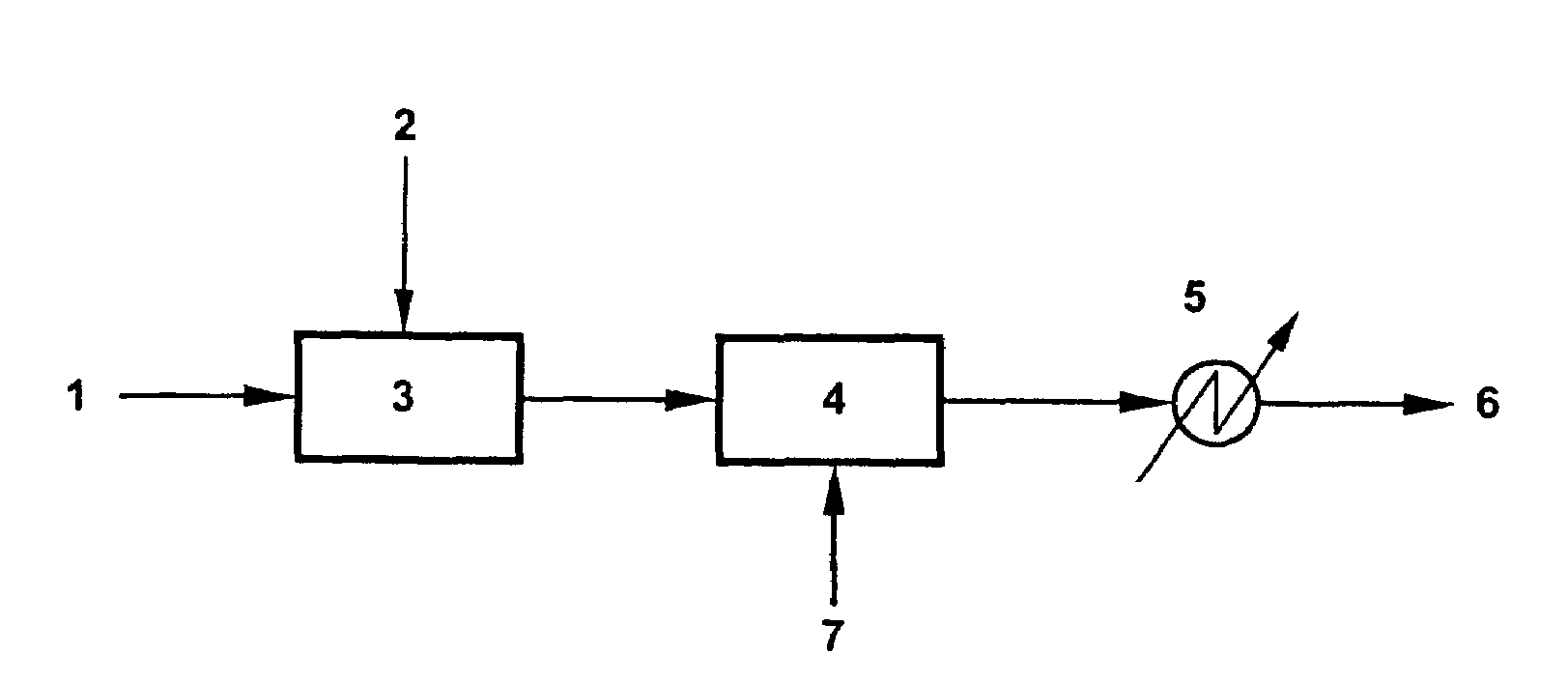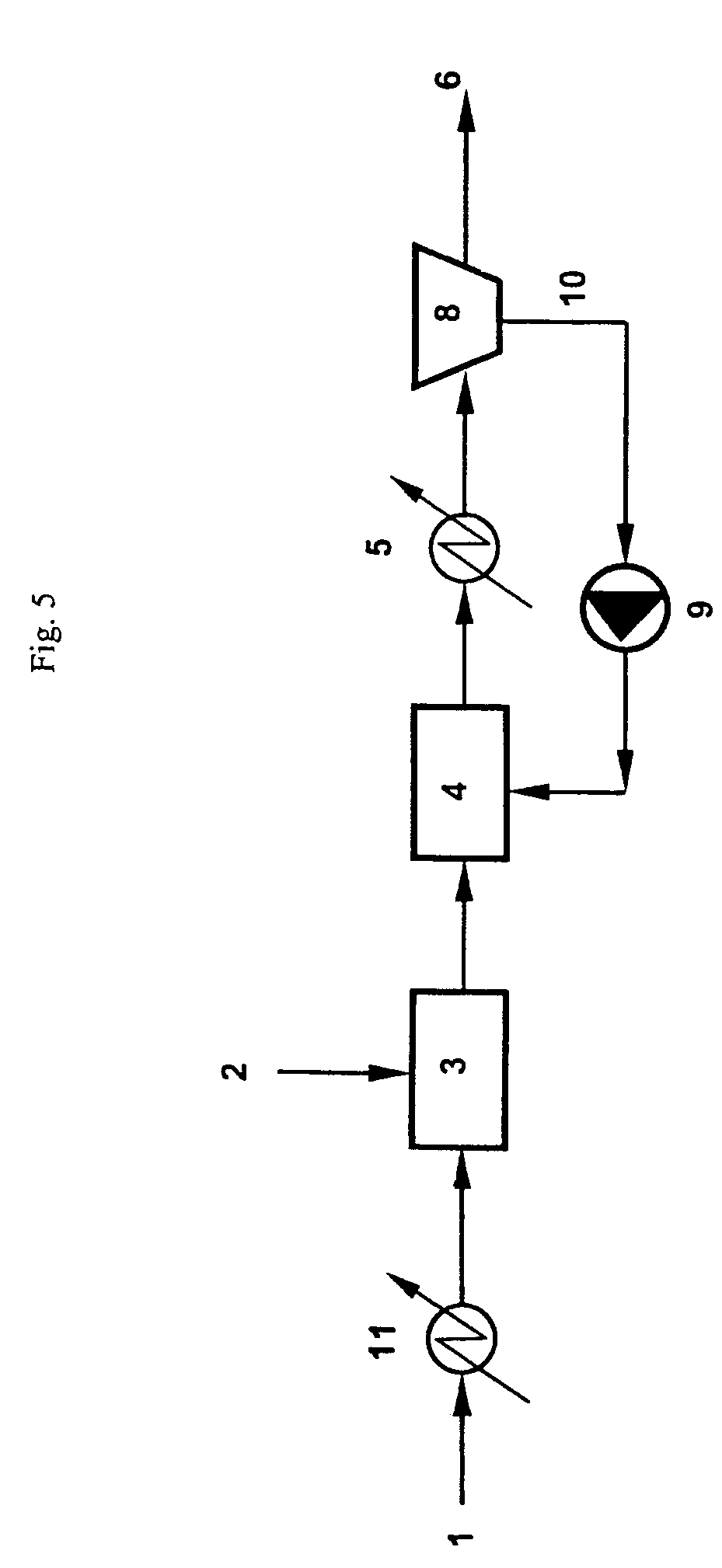Method and system for transporting flows of fluid hydrocarbons containing wax, asphaltenes, and/or other precipitating solids
a technology of fluid hydrocarbons and fluid hydrocarbons, which is applied in the direction of separation processes, mechanical equipment, organic chemistry, etc., can solve the problems of affecting local and/or global environmental aspects, entail substantial challenges, and incomplete technology of long distance tieback stops, so as to reduce blockage risks, reduce costs and/or environmental unwanted aspects, and operate simple and steady
- Summary
- Abstract
- Description
- Claims
- Application Information
AI Technical Summary
Benefits of technology
Problems solved by technology
Method used
Image
Examples
example i
[0061]In two separate experiments, a crude oil from an offshore production field was circulated in a 50 m long 1″ inner diameter high-pressure steel flow loop in a temperature-controlled environment.
[0062]The flow loop was loaded with an initial volume of about 30 liters of oil which had been cooled quickly in a separate apparatus, to allow formation of initial wax crystals in the bulk phase. When the fluids were transferred, only the free-flowing bulk phase with suspended wax crystals was filled in the loop, and gel or deposits were excluded, thus giving very good initial flowing conditions. The apparent viscosity of the oil phase was estimated to be about 35 cP.
[0063]With the original loading circulating in the loop, at an average rate of approximately 25 liters / minute, injection of fresh oil with all its wax content dissolved in non-crystalline form was started. The injection oil was pre-heated to more than 80° C. for at least 24 hours before being pumped into the circulating col...
example ii
[0072]As one central aspect of the present invention is rapid cooling and production of an easily flowable liquid phase, the apparent viscosity of the same crude oil as used in Example I was studied. A flow loop shaped like a wheel, with a pipe length of about 6.3 m was filled with a certain amount of the oil, and heated to above 80° C. Cooling was then performed as rapidly as possible (somewhere between 40 and 50° C. / hour) to 5° C. The flow loop was rotating with a peripheral velocity of 1 m / s, translating to a shear rate of about 16 s−1. The resulting apparent viscosity—as measured by relating the torque applied to the flow loop rotational axis to keep the rotation speed constant—was between 30 cP and 40 cP.
[0073]The crude oil used in Example I was also tested in the same wheel flow loop after having been used in the experiments in Example I, and showed the same apparent viscosity.
PUM
| Property | Measurement | Unit |
|---|---|---|
| diameter | aaaaa | aaaaa |
| diameter | aaaaa | aaaaa |
| temperature | aaaaa | aaaaa |
Abstract
Description
Claims
Application Information
 Login to View More
Login to View More - R&D
- Intellectual Property
- Life Sciences
- Materials
- Tech Scout
- Unparalleled Data Quality
- Higher Quality Content
- 60% Fewer Hallucinations
Browse by: Latest US Patents, China's latest patents, Technical Efficacy Thesaurus, Application Domain, Technology Topic, Popular Technical Reports.
© 2025 PatSnap. All rights reserved.Legal|Privacy policy|Modern Slavery Act Transparency Statement|Sitemap|About US| Contact US: help@patsnap.com



